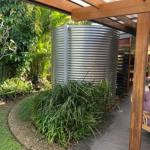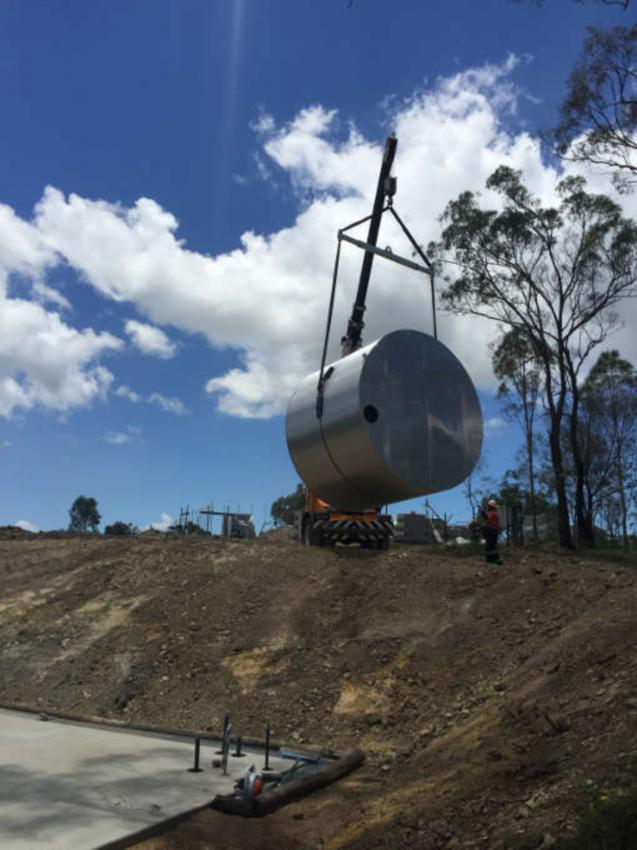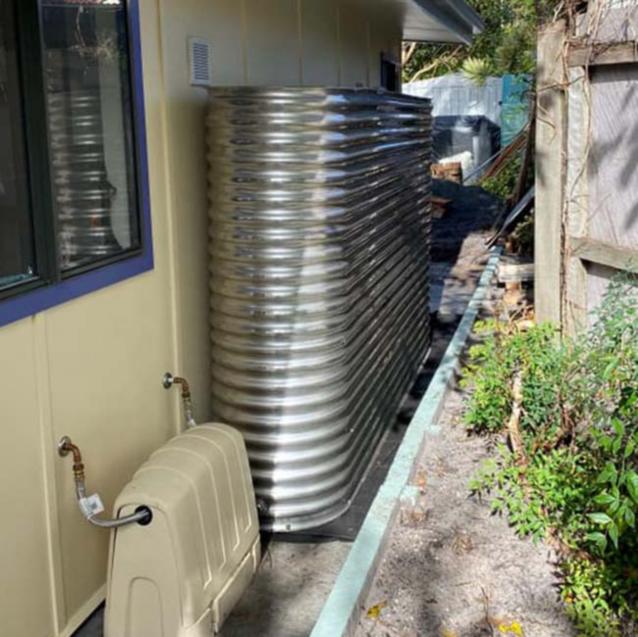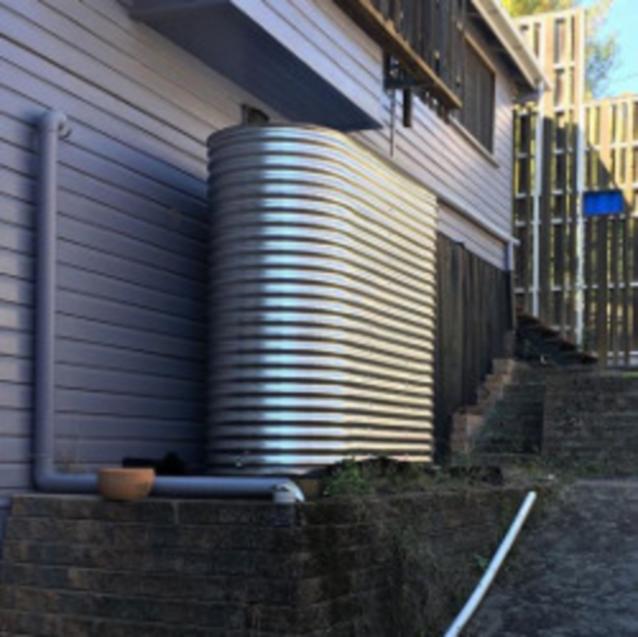
Rainwater Harvesting Safety - Water Tanks 101
By Select Water Tanks|August 19, 2021
More and more people in Australia and across the globe are installing water tanks in their backyards! There’s many benefits, from saving potentially hundreds of dollars a year on your water bills, to vastly reducing your environmental impact. But unlike the treated water that comes from your mains water supply in Australia, the rainwater in your tank is not chemically treated, so safety is key. There’s a few things you need to do to make sure that you’re following best-practice rainwater harvesting safety.
Safe Rainwater Harvesting: What you Need to Know
Firstly, assume that your tank water is NOT safe to drink. You’ve probably heard that a significant part of the world population doesn’t have access to safe drinking water. Here in Australia, the water-borne pathogens that plagued most of human history with dysentry and cholera are basically a footnote in our history books; let’s keep it that way. You see, raindrops can pick up these pathogens as they fall from the sky into your water tank; and the shingles and gutters on your roof aren’t exactly clean enough to drink off of! Think decomposing leaves and bird poop… Gross. You can use the water from your tank for many uses, particularly outdoors (gardening, watering your lawn, washing your car, etc.) but keep it out of your mouth unless you have a water filtration system that’s up to the job.
Next up, you might be wondering whether you can water your veggie patch using water from your tank. That’s an age-old question, since many people do indeed do so; according to academic research from the US, the answer is yes, but with quite a few caveats. According to a report by the University of Connecticut, you shouldn’t use tank water directly on the above-ground part of a plant, but rather should be watering the soil directly (which is best-practice gardening, anyway!) Clemson University in the US has a few more safety recommendations; check out this fact sheet for the details. And of course, harvested rainwater is fine for ornamentals, your lawn, flowers, trees, shrubs and so on.
How about your swimming pool? That’s a HARD no. This might surprise you, because it’s not like you’re drinking your pool water (we certainly hope). But there’s various water-borne bacteria, parasites, fungi and so on that can be harmful not only if you drink them; they can also harm your skin, eyes, mouth and so on. And standing water is a disease-carrying mosquito’s best friend! Which segues nicely into our next safety tip: don’t allow collected rainwater to pool anywhere in your collection system, or anywhere in your home or backyard; otherwise, it’s like sending the local mozzie population an invitation to a party in your property.
It’s also very important to make sure that your water tanks are secured, because they’re huge, heavy and would be dangerous (or even fatal) if they fall on people or pets. They’re also a drowning hazard.
Lastly, be careful when you’re cleaning and maintaining your stainless water tank and its accessories and parts. When you’re cleaning your gutter, putting your pipes back where they belong, maintaining the tank itself and so on, make sure your ladder is on an even surface and please be careful not to fall!
With these safety steps in mind, you and your family can enjoy many years or even decades of nature’s life-giving (and free!) precious resource of rainwater. Enjoy!
Learn more about are water tanks and rainwater safey by visiting our website
Safe Rainwater Harvesting: What you Need to Know
Firstly, assume that your tank water is NOT safe to drink. You’ve probably heard that a significant part of the world population doesn’t have access to safe drinking water. Here in Australia, the water-borne pathogens that plagued most of human history with dysentry and cholera are basically a footnote in our history books; let’s keep it that way. You see, raindrops can pick up these pathogens as they fall from the sky into your water tank; and the shingles and gutters on your roof aren’t exactly clean enough to drink off of! Think decomposing leaves and bird poop… Gross. You can use the water from your tank for many uses, particularly outdoors (gardening, watering your lawn, washing your car, etc.) but keep it out of your mouth unless you have a water filtration system that’s up to the job.
Next up, you might be wondering whether you can water your veggie patch using water from your tank. That’s an age-old question, since many people do indeed do so; according to academic research from the US, the answer is yes, but with quite a few caveats. According to a report by the University of Connecticut, you shouldn’t use tank water directly on the above-ground part of a plant, but rather should be watering the soil directly (which is best-practice gardening, anyway!) Clemson University in the US has a few more safety recommendations; check out this fact sheet for the details. And of course, harvested rainwater is fine for ornamentals, your lawn, flowers, trees, shrubs and so on.
How about your swimming pool? That’s a HARD no. This might surprise you, because it’s not like you’re drinking your pool water (we certainly hope). But there’s various water-borne bacteria, parasites, fungi and so on that can be harmful not only if you drink them; they can also harm your skin, eyes, mouth and so on. And standing water is a disease-carrying mosquito’s best friend! Which segues nicely into our next safety tip: don’t allow collected rainwater to pool anywhere in your collection system, or anywhere in your home or backyard; otherwise, it’s like sending the local mozzie population an invitation to a party in your property.
It’s also very important to make sure that your water tanks are secured, because they’re huge, heavy and would be dangerous (or even fatal) if they fall on people or pets. They’re also a drowning hazard.
Lastly, be careful when you’re cleaning and maintaining your stainless water tank and its accessories and parts. When you’re cleaning your gutter, putting your pipes back where they belong, maintaining the tank itself and so on, make sure your ladder is on an even surface and please be careful not to fall!
With these safety steps in mind, you and your family can enjoy many years or even decades of nature’s life-giving (and free!) precious resource of rainwater. Enjoy!
Learn more about are water tanks and rainwater safey by visiting our website



